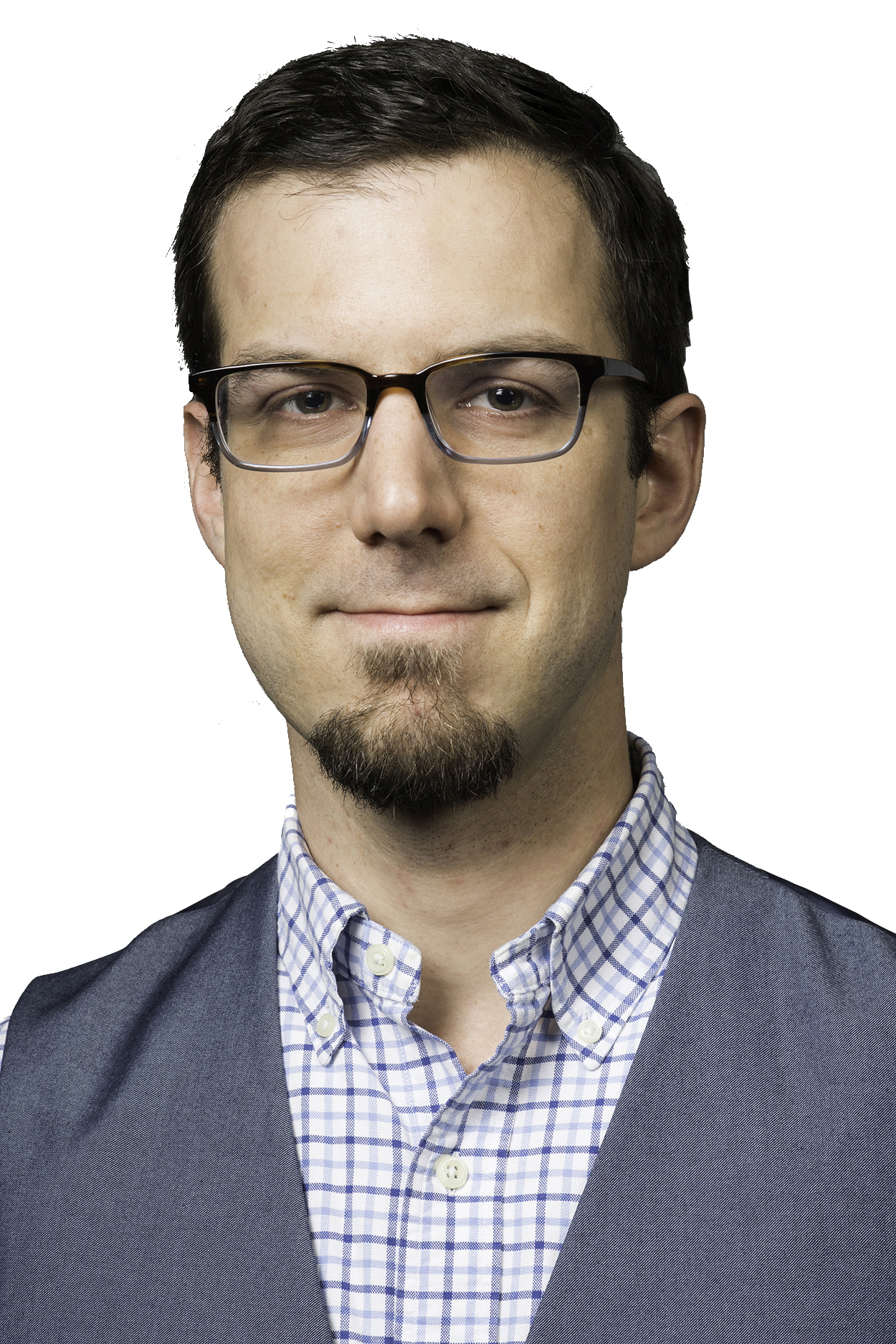Q & A with Adam Snyder, Ph.D.
Adam Snyder, Ph.D., joined the Del Monte Institute for Neuroscience in July 2018 as an assistant professor in Brain and Cognitive Sciences, Neuroscience, and the Center for Visual Science. He received his B.A. in Language and Mind from New York University and went on to complete his Ph.D. in Cognitive Neuroscience from the City College of New York. His research focuses primarily on vision, visual attention and memory.
Tell us a little bit about your research. 
The fundamental problem faced by the brain that we're trying to solve is that there is a lot more information in the environment than the human brain can process effectively. We are using animal and computer models to study vision, visual attention, and memory. It is a major challenge, but we are working to figure out how the brain uses goals to determine which information to process from moment to moment.
What brought you to the University of Rochester?
The Center for Visual Sciences at the University of Rochester is world-renowned. That coupled with the large community of people here doing similar research and studying vision and visual attention makes for an ideal environment to study and grow in my area of research. It is great to be in an environment where you are rubbing shoulders with the leaders in your field. Another contributing factor, was the institution’s big commitment to neuroscience and growing the neuroscience, particularly within the Del Monte Institute.
Is there anyone that you were looking forward to collaborating with before you came here or are looking forward to collaborating with, as you're here?
I have a few collaborations that are ongoing, and others that are pending. I'm closely collaborating with Tatiana Pasternak, Ph.D. Her research is very similar to mine, thinking about how the brain makes decisions about which information to process. She has a great reputation in the field as a leader in that regard. Having the opportunity to work with her and learn from her experiences really has been excellent. Edmund Lalor, Ph.D. is a faculty member I look forward to working with. He is an associate professor in Biomedical Engineering and Neuroscience, and studies human attention. With him I’m interested in collaborating to translate work in animal models to human brain function. Here in Brain and Cognitive Sciences, I'm working on a new collaboration with Ralf Haefner, Ph.D. whose excellent computational and theoretical neuroscience help develop theories that guide our experimental work.
How did you become interested in your field of study?
I went into college interested in linguistics. I was interested in cognitive science and I thought that language was interesting because it was a uniquely human behavior. In the course of studying linguistics, I became interested in neural mechanisms of cognition. This moved me away from language, in that sense, and into the visual system. When I started to learn more about how the brain processes visual information it became apparent that figuring out which information to process and how the brain decides that is a very early step to understanding this.
What do you do outside the lab?
I enjoy the pace of the city of Rochester, and being able to go down to the Finger Lakes for sightseeing, as well as touring wineries and breweries. My wife is a visual artist, so we also spend a lot of time going to arts events in the area.
Is there one question that you want to see answered before you finish your career?
It is a very exciting time to be involved in neuroscience research. We've made huge strides in the last five years in both the amount and complexity of the data that we can collect, and the computational tools to analyze those data. There are a lot of possibilities open in front of us and I'm excited to see where it goes. With that said, we are really at a stage where we don't know what the right questions are. I would like to know the answer to – what are the fundamental properties of how the brain works that we need to investigate?
Originally published in NEUROSCIENCE Volume 5.


